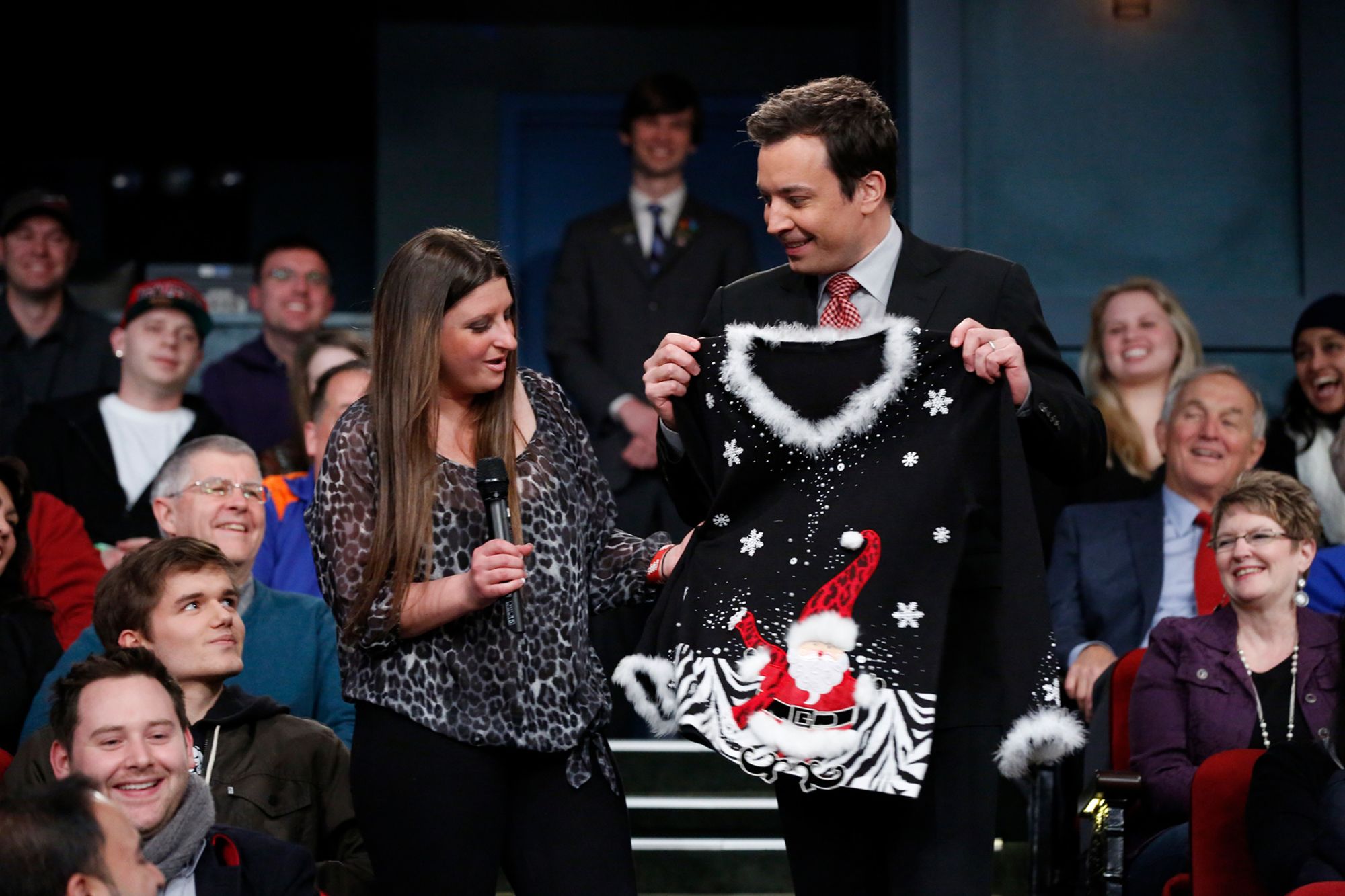Move over twinkling fir trees and wreaths, eggnog, stockings and the office secret Santa — there’s a new kid in town. Over the last decade the ugly Christmas sweater has firmly embedded itself in yuletide culture.
You know the one. It’s a wooly pullover, usually in different shades of red, white and green, often of questionable fabric, and with at least one Christmas-inspired motif on it — a snowman, tinsel, a reindeer or candy canes. Extra points if it features 3D pom-pom or jingle bells.
The garment has quickly become an essential part of the holidays, ubiquitous as Christmas lights and wrapping paper. It’s obnoxious and tacky, but also fuzzy and kind of wholesome — the fashion equivalent of a Hallmark Christmas movie (with a healthy dose of tongue-in-cheek).
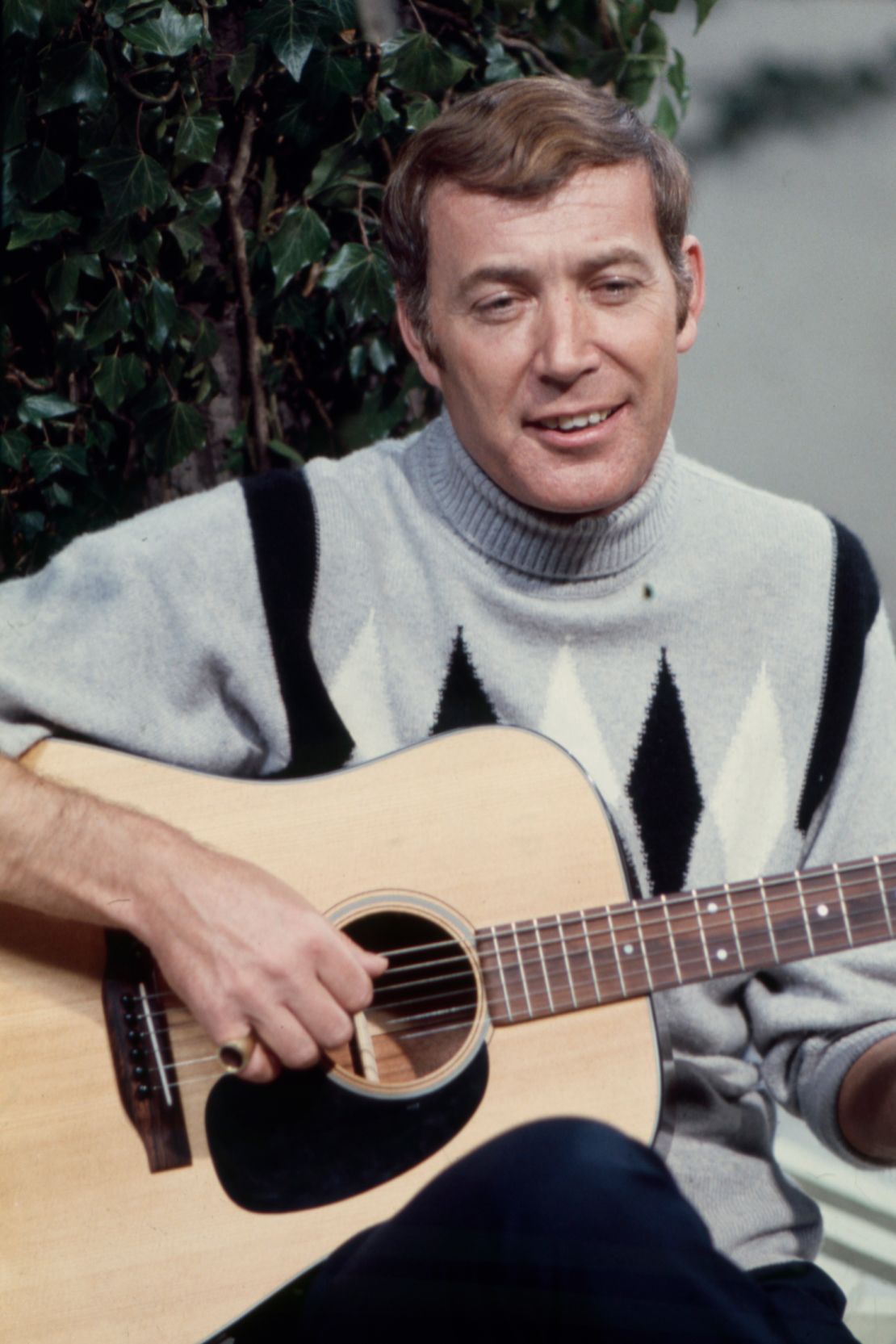
It took some time for the UCS to find its place in the pantheon of Christmas fundamentals, however.
Christmas-themed pullovers started making an appearance in the 1950s, a nod perhaps to the holiday’s growing commercialization. Initially referred to as “Jingle Bell Sweaters,” they weren’t as garish as today’s iterations, and found little popularity in the market, although some TV personalities — notably crooners Val Doonican and Andy Williams — really embraced the ugly side of the festive topper.
It wasn’t until the 1980s that the item hit the mainstream. The shift came thanks to pop culture and comedies, with goofball dad characters like Chevy Chase’s Clark Griswold in “National Lampoon’s Christmas Vacation” turning the holiday sweater into an uncomely but endearing expression of cheer. Snowflake-emblazoned sweaters weren’t considered cool, but they radiated yule, and were sported at office parties and on Christmas Day.
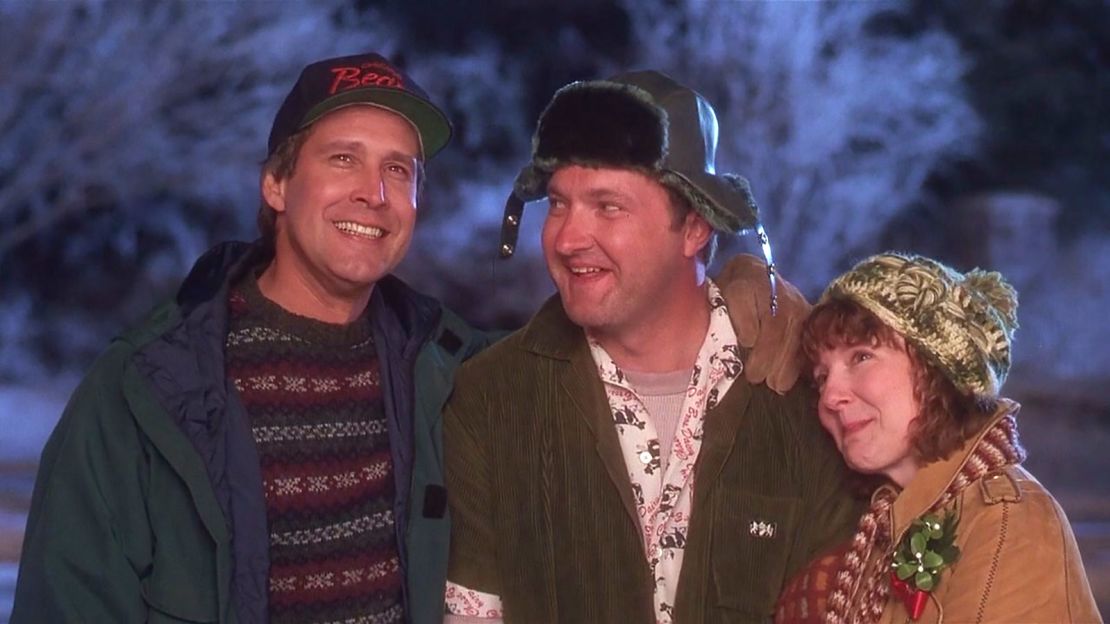
The resurgence didn’t last long. In the 1990s the Christmas sweater faded in popularity; it was something only your unfashionable older relatives would ever think of wearing or gifting. By the turn of the new millennium, the item was widely considered an eyebrow-raising sartorial mishap.
Think of 2001’s “Bridget Jones’s Diary,” in which Colin Firth’s Mark Darcy turns to greet Bridget (Renée Zellweger) at a family party wearing an unattractive knitted garment featuring a giant red-nosed reindeer. Bridget is horrified. So were you, probably, if you watched it in the cinema. But you probably also smiled. Such is the heartwarming power of the UCS.
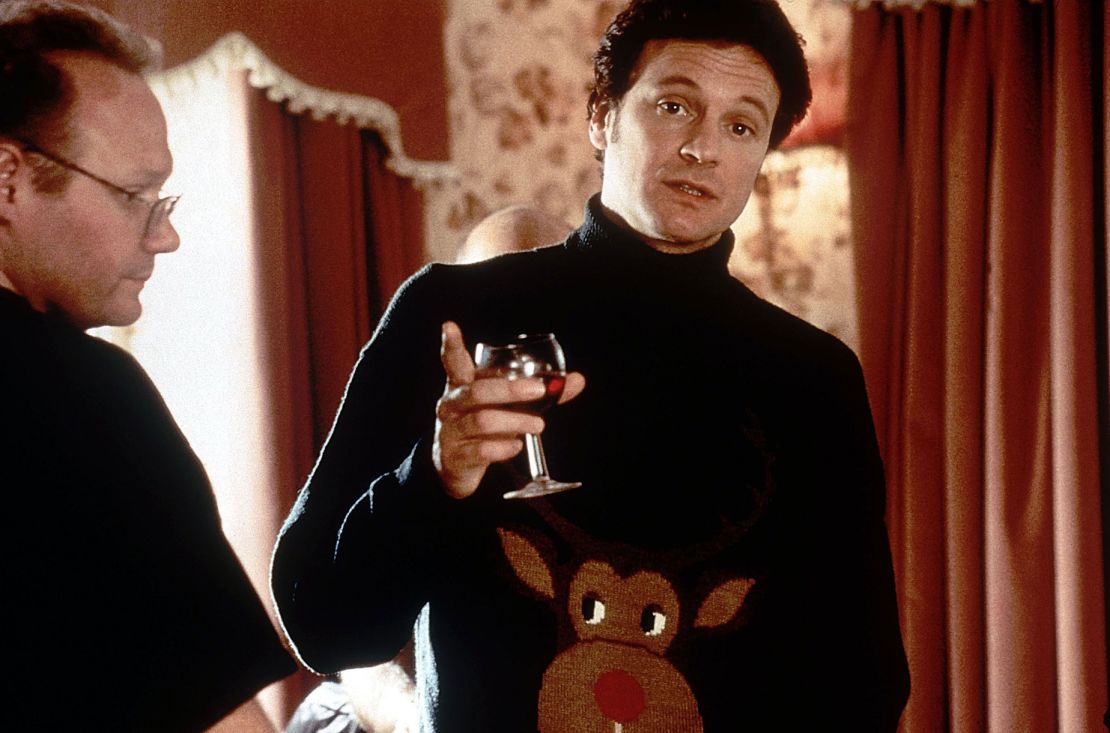
The early 2000s also saw new life breathed into this now holiday staple. According to the “Ugly Christmas Sweater Party Book: The Definitive Guide to Getting Your Ugly On,” Christmas sweater parties started kicking off just around the time Bridget was recoiling at Darcy’s outfit.
The first so themed get-together took place in Vancouver, British Columbia, in 2002, said Brian Miller, one of the book’s authors and founder of online shop UglyChristmasSweaterParty.com, in a phone interview. “It’s hard to say what triggered the change in perspective, but I think that the moment someone wore the garment in a humorous way, people started seeing the comic side of it, and thinking ‘this thing at the back of the closet could be fun, instead of something awful that nobody wants’,” he said.
The popularity of the ugly sweater snowballed from there.
Over the following decade, the festive knit evolved into “a new holiday tradition,” as Miller described it. “It became our generation’s mistletoe,” he added. “Which is pretty remarkable, when you think about it.”
Fast-fashion giants like Topshop and high-end retailers like Nordstrom began filling their shelves and sites with gaudy designs each holiday season. Vintage stores and the Salvation Army capitalized on the trend by upping their stocks of fuzzy snowmen and dancing Santa pullovers. Even the fashion pack came around. In 2007, Stella McCartney released a polar bear-themed alpine sweater. Givenchy followed in 2010, and Dolce & Gabbana the following year.
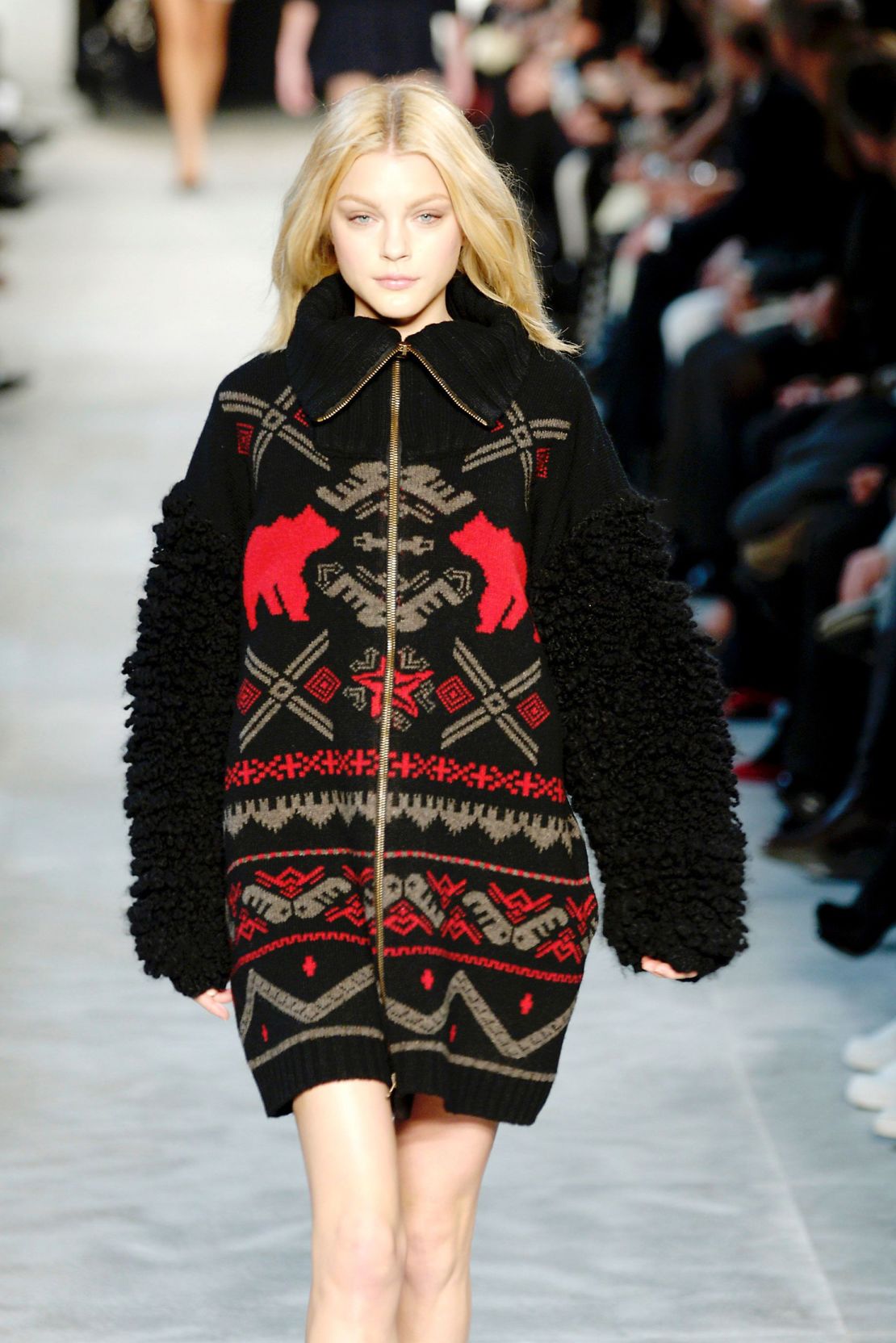
2012 was a turning point for the ugly sweater craze. UK charity Save the Children launched Christmas Jumper Day, a fundraising event encouraging people to don their most cringeworthy sweaters. British newspaper The Telegraph described the item as “this season’s must-have,” while the New York Times reported on ugly Christmas sweater-themed runs, pub crawls and specialized e-tailers booming across the States. Concurrently, the knits began showing more tinsel, bells and wacky details, reaching peak kitsch.
Celebrities, from Taylor Swift to Kanye West embraced the trend, too. Late night talk show host Jimmy Fallon even started running a regular segment called “12 Days of Christmas Sweaters,” which still airs today.
If anything, the rise of social media has only heightened the “It” status of the ugly sweater. Today, we compete to show off our Christmas-sweater love on Instagram, while anyone from mass retailer Target to fast food chain Red Lobster (whose UCS features a pocket to keep food warm), and more fashion houses offer their own versions of the garment.
“When I attended my first Ugly Sweater Party in the early 2000s, I would have never anticipated the garment would take off like this,” Miller said. “Although it’s easy to see why: ugly knits can be worn by anyone — from my daughter at her school’s ugly sweater contest to office workers at their end of year party. They’re democratic. And they’re a lot of fun. Christmas can be quite stressful — wearing something ridiculous can help take the pressure off.”
This article was first published in December 2019.
